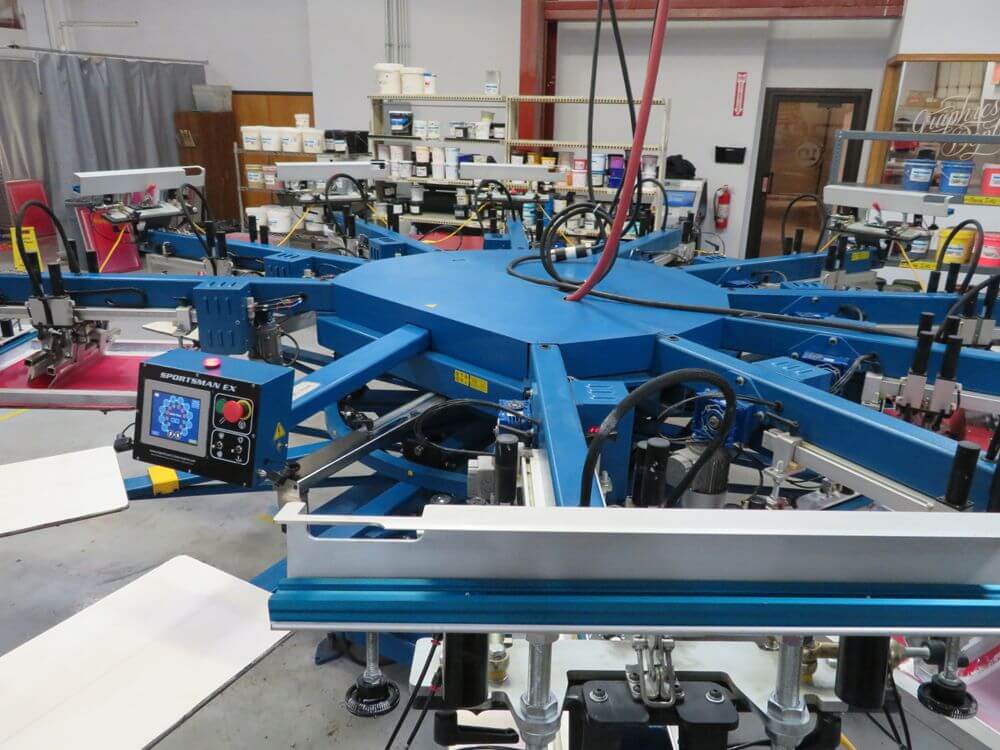Custom T-shirts can serve groups like sports teams, summer camp participants, companies, and even large families getting together for a reunion. Fabric printing shops usually deploy two printing techniques: heat transfer and screen printing.
When debating heat transfer vs. screen printing methods, experts must keep a few differences in mind. This brief guide explains how each technique varies. Learn more from the team at Logo Depot, who specialize in screen printing in Wichita, Kansas.
How Screen Printing and Heat Transfers Work
What are the main differences between heat transfer and screen printing techniques? Screen printing creates a long-lasting look on garments by spreading ink over a mesh screen, which then seeps into the fabric beneath the screen. It’s a quick and effective way to put simple logos on different types of apparel.
Meanwhile, a heat transfer involves taking either vinyl designs or a special transfer paper with solvent ink and using a combination of heat and pressure to permeate the fabric. These projects require a heat press that places immense pressure on the garments for a stunning final result.
Printing shops primarily use vinyl designs in a custom heat press. However, performing a digital heat transfer can save time since this method accommodates the entire design at once.
Heat Transfer vs. Screen Printing: Which Is Better?
When it comes to heat transfer vs. screen printing for apparel decoration, both customization methods produce excellent results. However, there are some instances when one method proves more suitable than the other. Discover some of the pros and cons of each technique, as well as when you should opt for one method over the other.
Custom Heat Transfer
Say you’re looking to place an intricate portrait onto a shirt. Intricate images like this often contain several colors and small details to capture. A heat transfer works best in this scenario because it delivers a high-quality design that showcases all of these details.
Experts recommend this method for small orders, such as individual buyers. It’s also the more eco-friendly option since screen printing uses various chemicals. However, one major downside is that the image won’t last long, especially when you wash the item.
Screen Printing
Say a company wants to mass-produce its logo on T-shirts for employees. Screen printing remains the best choice for large orders like this. The logo will adhere to the fabric much better than with a heat transfer and can withstand frequent washes.
Screen printing works best on designs that are simple and feature bright colors. Experts especially recommend this if printing on a darker fabric. Designs with multiple colors, however, can cost more since each color requires its own screen.
Let Logo Depot Tackle Any Printing Project
Knowing the ins and outs of heat transfer vs. screen printing techniques can help you make an informed decision for apparel orders. Logo Depot specializes in the art of screen printing and can produce affordable apparel that is sure to please. Call (316) 264-2871 for a free estimate on custom T-shirt prints.

